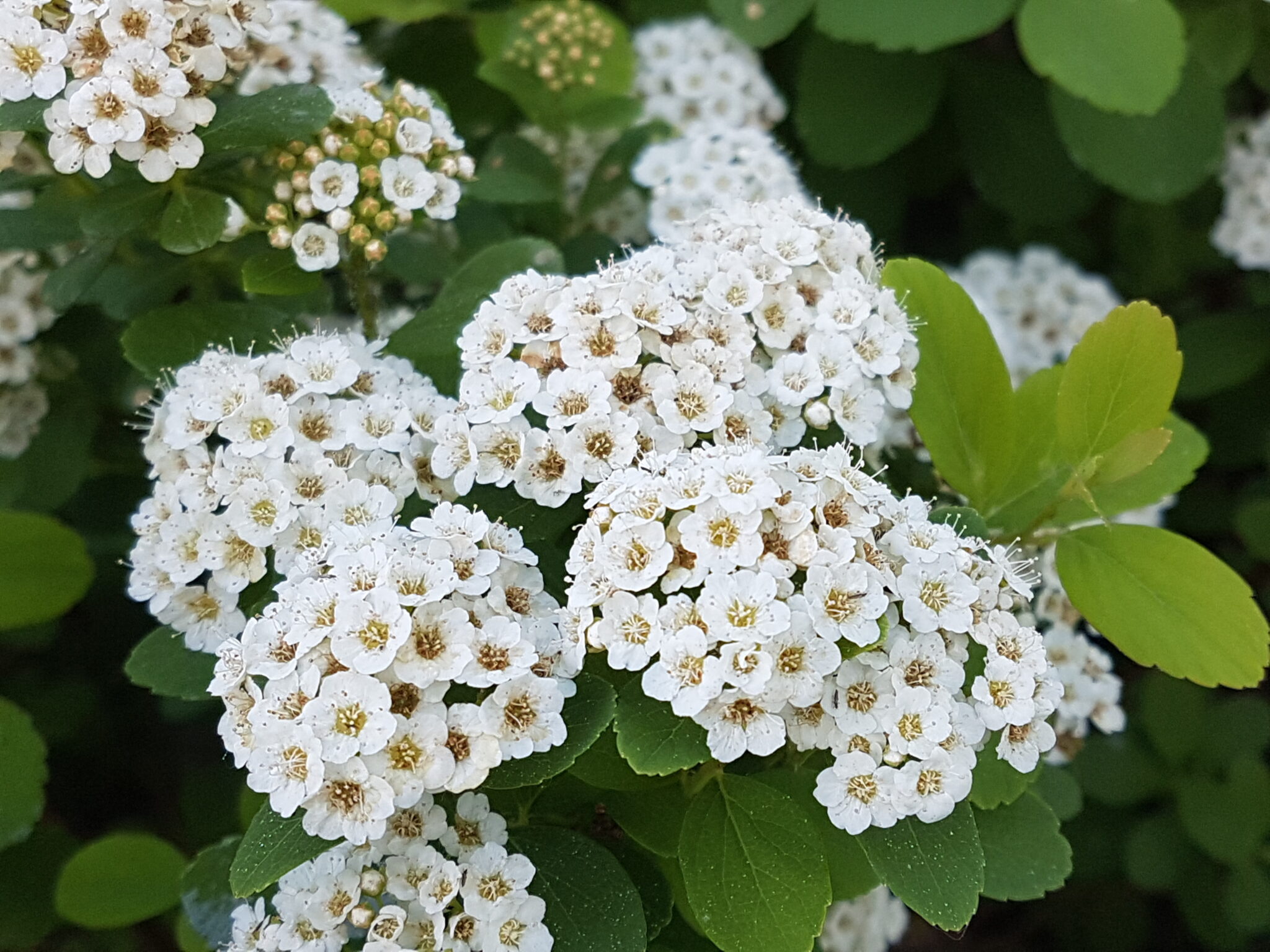

Specific epithet comes from the birch genus ( Betula) and leaf ( folia) in obvious reference to the leaf shape. Genus name comes from the Greek word speira meaning wreath in reference to the showy flower clusters seen on most shrubs in the genus. lucida (shinyleaf spirea) which is native to western North America (British Columbia to Saskatchewan south to Oregon, Wyoming and Minnesota). (Pennsylvania south to Alabama and Georgia) and Spiraea betulifolia var. corymbosa (shinyleaf meadowsweet) which is native to the eastern U.S. Varieties of this species include Spiraea betulifolia var. Foliage turns quality shades of orange, red and purple in autumn. White flowers in clusters (corymbs) cover the foliage in mid-summer.

Birch-like, round to egg-shaped leaves (to 2" long) have toothed margins. It is a dwarf shrub that typically matures as a dense rounded mound of foliage to 3' tall and as wide. The Chicago Botanic Garden's collection includes nearly 100 varieties and 3,000 plants.Spiraea betulifolia, commonly called birchleaf spirea, is native to Japan and eastern Asia. Spireas are best used in groupings in a shrub or mixed border, where they are valued as tough, reliable and easy-care performers in northern climates. While individual flowers are quite small, they occur in clusters of inflorescence that can be very showy. Spring to early summer abundant blooms tend to be in white or pink tones, depending on the species and/or cultivar. The small simple leaves are generally lance-shaped and held close to the branch. The genus Spiraea consists of small to medium sized flowering shrubs with a fine-textured twiggy mounding habit. More than 100 of these spirea are in the collection of the Chicago Botanic Garden. Birchleaf spirea is named for the shape of its leaves, which resemble those of the birch genus. The foliage turns shades of orange, red, and purple in the fall.

Tiny white flowers that are attractive to butterflies grow in small, flattened clusters in late spring on new wood. Tor birchleaf spirea typically grows into a dense, compact, rounded mound (3’ X 3’).


 0 kommentar(er)
0 kommentar(er)
